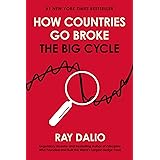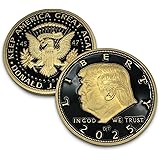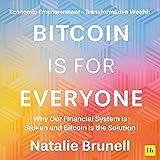
The gold investment can be a solid addition to any portfolio. It is not as volatile as stocks, which can be a useful diversifier when other types of investments experience major drops. It is also useful as a hedge against inflation. However, investors should carefully consider the risks and drawbacks before adding it to their portfolio.
The best way to invest in gold depends on your resources and investment goals. Investors can buy physical gold coins, bars and bullions directly from a precious metal dealer or through an exchange-traded fund (ETF). These funds offer low-cost exposure to the price of gold with relatively small minimum investments. Another option is to invest in the shares of companies that mine gold. These shares can be less expensive than ETFs, but they may not track the price of gold very closely. Investors seeking a more active role in the gold market can buy futures or options, which are derivative instruments that allow you to gain leveraged exposure to the price of gold.
While many investors consider gold to be a safe haven asset during economic uncertainty, it is important to remember that the price of gold can fluctuate significantly. As a result, investing in gold should only make up a small portion of your overall portfolio.
Some investors like to use gold savings plans to systematically increase their holdings in small, regular increments over time. These plans can be used as a way to save for a particular purchase or as a way to invest a fixed amount regularly, reducing the impact of short-term fluctuations in the gold price. This approach can also help to average out costs and generate higher returns, a concept known as the dollar cost averaging effect.
Buying physical gold can be an attractive way to diversify your portfolio, but it comes with some added fees including storage and insurance costs. In addition, the market for physical gold is not as liquid as the stock or bond markets, so it can be difficult to sell quickly.
For investors who are interested in a more liquid alternative, there are several mutual funds that track the price of gold. These funds can be purchased through a traditional broker or through online brokerage platforms that offer commission-free trades. The expense ratios of these funds can vary significantly, so investors should do their research before committing to a particular fund.
Gold is a popular investment option for those looking to hedge against inflation. But it’s important to understand that the metal won’t protect your nest egg in the same way as other equities or bonds, and there are other ways to protect against inflation, such as Treasury Inflation-Protected Securities. If you’re considering adding the metal to your portfolio, speak with your Morgan Stanley financial advisor to determine how it might fit into your long-term investment objectives. We can provide the guidance you need to make the right choice.









